When cooking beef brisket, the right dry rub can make all the difference between a good meal and a great one. In this guide, we'll show you exactly how to choose and apply the best dry rubs for beef brisket, including expert-tested recipes, step-by-step application instructions, and comparisons of the top 7 dry rubs on the market.
Table of Contents
- What Exactly Is a Dry Rub?
- Why Dry Rubs Work So Well on Beef Brisket
- How to Apply a Dry Rub Like a Pitmaster Pro
- The Top 7 Dry Rubs for Beef Brisket in 2025
- Buying Guide: What to Look for in a Dry Rub
- Final Thoughts: Finding Your Signature Rub
What Exactly Is a Dry Rub?
A dry rub is a blend of spices and seasonings applied directly to raw meat before cooking. Unlike marinades, which include liquid ingredients like vinegar or oil, dry rubs rely purely on the power of flavor-packed powders to infuse taste and texture into your brisket.
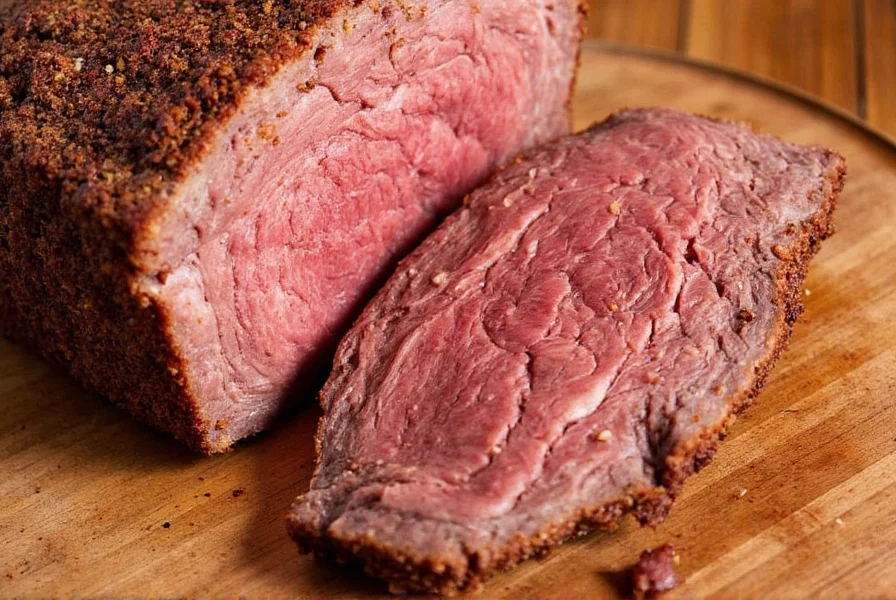
Dry rubs can range from simple salt-and-pepper mixes (like the famous Texas-style Dalmatian Rub) to complex blends incorporating paprika, chili powder, garlic, onion powder, brown sugar, and more exotic additions like chipotle or espresso.
The Basic Components of Most Dry Rubs:
- Salt: Enhances flavor and helps draw moisture out for better bark formation
- Pepper: Adds heat and earthiness (often black pepper, sometimes cayenne)
- Brown Sugar: Balances savory notes and aids caramelization
- Paprika: Adds color and mild sweetness
- Garlic & Onion Powder: For savory depth
- Cumin or Chili Powder: Adds smoky or spicy complexity
Why Dry Rubs Work So Well on Beef Brisket
Beef brisket is a tough cut with lots of connective tissue. When smoked low and slow, it transforms into tender, juicy goodness. But flavor-wise, it starts off pretty neutral — which makes it the perfect canvas for a great dry rub.
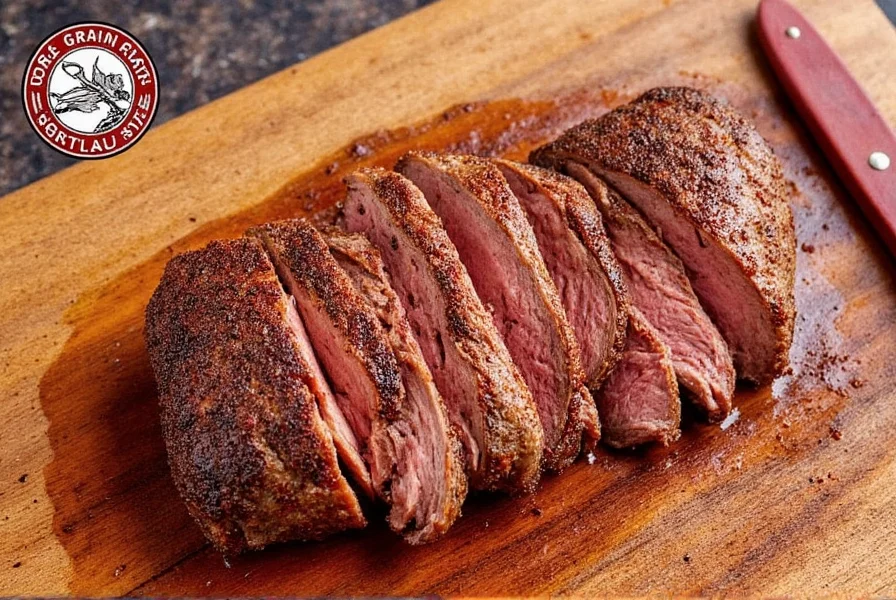
Here's Why Dry Rubs Shine with Brisket:
- Bark Formation: A good dry rub reacts with the meat's surface during smoking, creating a flavorful crust known as the "bark."
- Flavor Penetration: Though dry rubs don't penetrate deeply, they influence the outer layer dramatically, enhancing both aroma and taste.
- Texture Contrast: Especially with rubs that include coarse elements like crushed black pepper or flaky sea salt, you get a satisfying crunch with each bite.
- Smoke Absorption: The spices help the meat absorb smoky flavors more effectively, giving that classic barbecue finish.
How to Apply a Dry Rub Like a Pitmaster Pro
You wouldn't paint a masterpiece without priming the canvas — same goes for seasoning your brisket. Here's how to nail your dry rub application every time.
Step-by-Step Rub Application:
- Dry the Surface: Pat the brisket dry with paper towels. Moisture repels spices, so a dry surface ensures better adhesion.
- Trim Excess Fat: Leave about ¼" of fat cap to protect the meat and carry flavor.
- Apply Generously: Use around 1–2 tablespoons of rub per pound. Press it into all sides — top, bottom, edges.
- Let It Rest: Wrap in plastic and refrigerate for at least 1 hour, preferably overnight. This allows the flavors to meld and the rub to adhere better.
- Don't Skip the Rest: After cooking, let the brisket rest for at least 30 minutes before slicing. This locks in juices and lets flavors settle in.
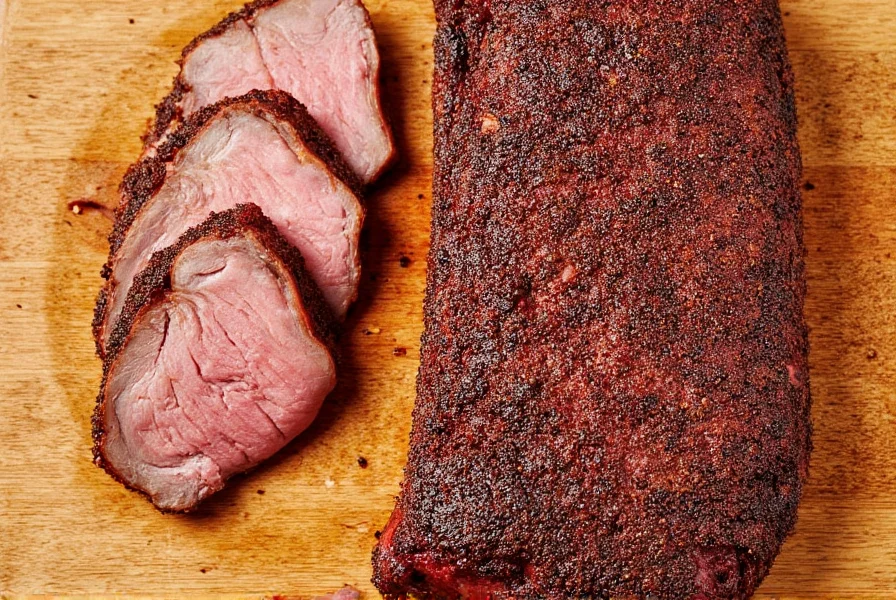
Dry Rub vs. Wet Marinade: Which Works Better?
| Feature | Dry Rub | Wet Marinade |
|---|---|---|
| Flavor Depth | Moderate | High |
| Bark Formation | Excellent | Poor |
| Shelf Life | Longer | Shorter |
| Prep Time | Quick | Time-consuming |
| Use Case | Smoking/BBQ | Grilling/Roasting |
The Top 7 Dry Rubs for Beef Brisket in 2025
Ready to pick your flavor partner in crime? Here are seven standout dry rubs for beef brisket, each with a unique profile and purpose.
1. Meat Church Holy Cow BBQ Rub
- Flavor Profile: Sweet, smoky, garlicky
- Key Ingredients: Brown sugar, garlic, paprika, celery seed, mustard
- Best For: Balanced flavor lovers who want both sweet and savory
- Target Audience: BBQ enthusiasts and home smokers
- Price Range: Mid-tier (~$12–15 for 14 oz)
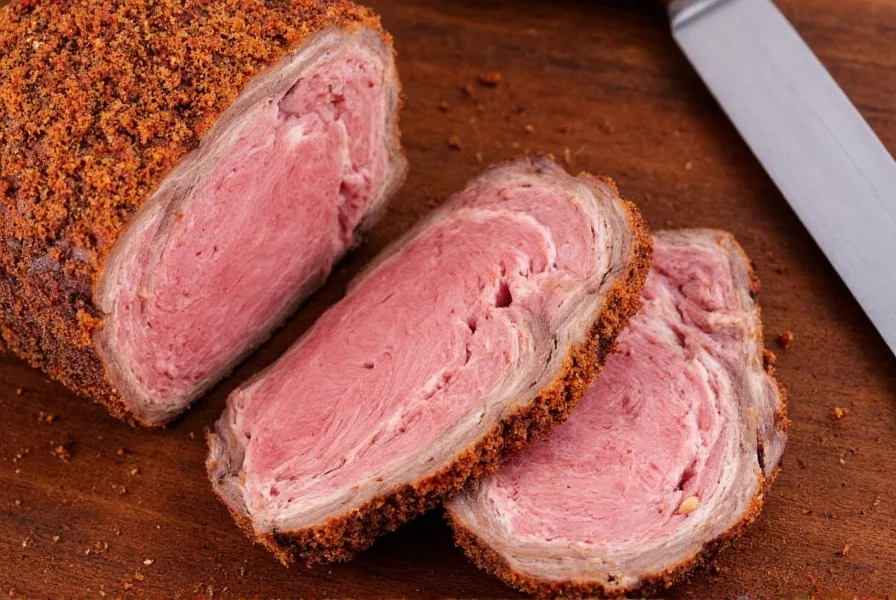
2. Killer Hogs AP Rub
- Flavor Profile: Savory, peppery, slightly sweet
- Key Ingredients: Salt, black pepper, garlic, paprika
- Best For: Classic BBQ flavor with clean ingredient list
- Target Audience: Competitive pitmasters and purists
- Price Range: Mid-range (~$14 for 16 oz)
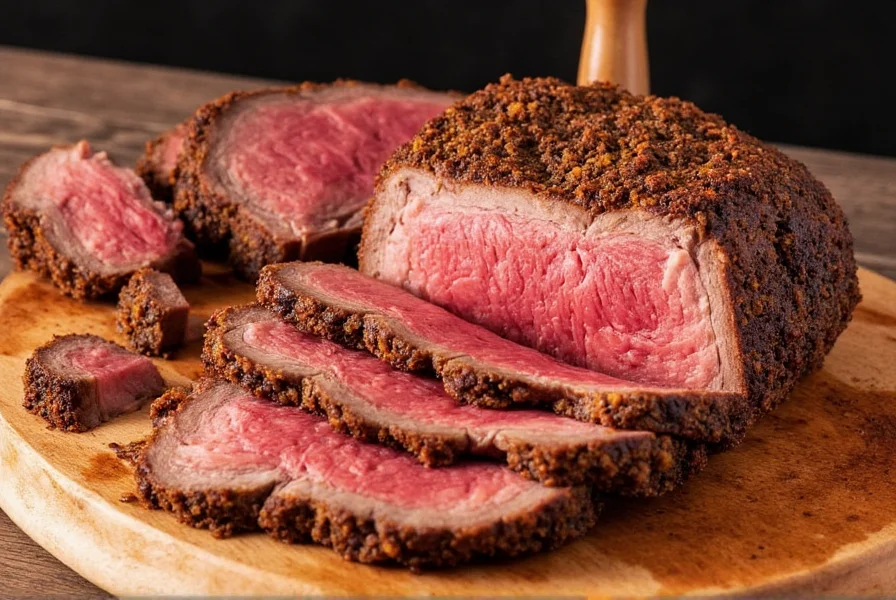
3. Weber Smokey Mesquite BBQ Rub
- Flavor Profile: Bold, mesquite-forward, mildly sweet
- Key Ingredients: Paprika, mesquite smoke flavor, garlic, brown sugar
- Best For: Grilled brisket and quick-smoke sessions
- Target Audience: Weekend grillers and casual cooks
- Price Range: Budget-friendly (~$8 for 8 oz)
4. Slap Yo' Daddy Ghost Pepper Rub
- Flavor Profile: Fiery hot with a hint of sweetness
- Key Ingredients: Ghost pepper, brown sugar, paprika, garlic
- Best For: Heat-seekers who love bold spice
- Target Audience: Fire-eaters and spicy food fans
- Price Range: Mid-range (~$13 for 12 oz)
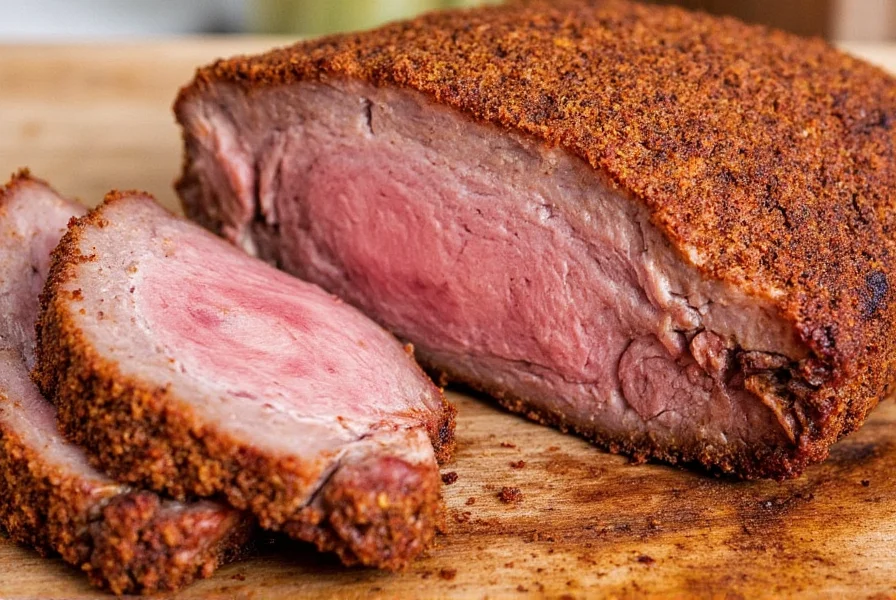
5. Stubb's Original Bar-B-Q Dry Rub
- Flavor Profile: Tangy, sweet, peppery
- Key Ingredients: Brown sugar, paprika, black pepper, garlic
- Best For: Versatile use across meats
- Target Audience: Beginners and multitaskers
- Price Range: Budget (~$9 for 12 oz)
6. Traeger Big Game Rub
- Flavor Profile: Earthy, woodsy, herbaceous
- Key Ingredients: Sage, rosemary, garlic, onion
- Best For: Wild game or rustic-style brisket
- Target Audience: Hunters and adventurous eaters
- Price Range: Premium (~$18 for 12 oz)
7. Bad Byron's Butt Rub
- Flavor Profile: Balanced, zesty, and citrus-forward
- Key Ingredients: Sea salt, citrus zest, coriander, paprika
- Best For: Brightening up fatty cuts like brisket
- Target Audience: Flavor explorers and citrus lovers
- Price Range: Mid-tier (~$14 for 12 oz)
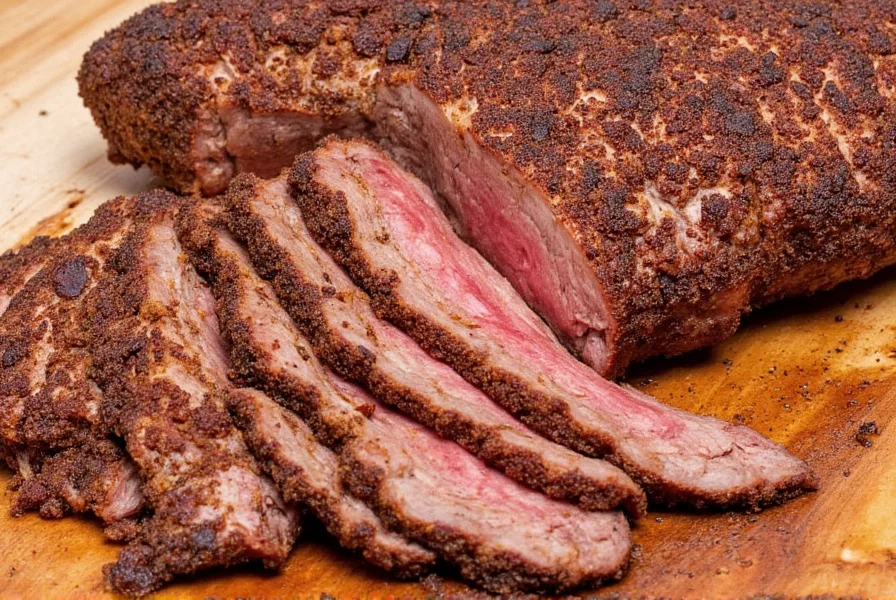
Buying Guide: What to Look for in a Dry Rub
Not all dry rubs are created equal. Whether you're shopping online or hitting up your local specialty store, here's what to keep in mind.
Top Features to Consider:
- Flavor Profile: Sweet, spicy, smoky, or herbal? Choose based on your palate and type of dish.
- Ingredients: Opt for minimal additives and preservatives if possible. Clean labels = cleaner flavors.
- Consistency: Coarse rubs stick better to meat and add texture; fine powders are easier to mix and spread evenly.
- Smoke Compatibility: If you're using a pellet or offset smoker, look for rubs that complement the wood type you're using (e.g., hickory, oak, pecan).
- Brand Reputation: Established brands like Meat Church, Killer Hogs, and Traeger have proven results in competition circles.
- Quantity: Larger bottles mean fewer trips to the store, especially if you smoke regularly.
Who Should Buy What?
| Rub Name | Best For | When to Use |
|---|---|---|
| Meat Church Holy Cow | General brisket lovers | Everyday smoking and gatherings |
| Killer Hogs AP Rub | BBQ competition teams | Contests and serious cookouts |
| Stubb's Original | Newcomers to grilling | Weekend dinners and first-time users |
| Slap Yo' Daddy | Heat seekers | Game days and spicy challenges |
| Traeger Big Game | Hunters and wild game fans | Deer, boar, elk, and thick cuts |
| Bad Byron's Butt Rub | Citrus lovers | Summer grilling and outdoor parties |
| Weber Mesquite Rub | Casual grillers | Backyard barbecues and fast prep |
Final Thoughts: Finding Your Signature Rub
Your brisket journey doesn't end with picking a dry rub — it begins there. Whether you lean sweet, smoky, spicy, or simple, there's a dry rub out there that matches your flavor fingerprint.
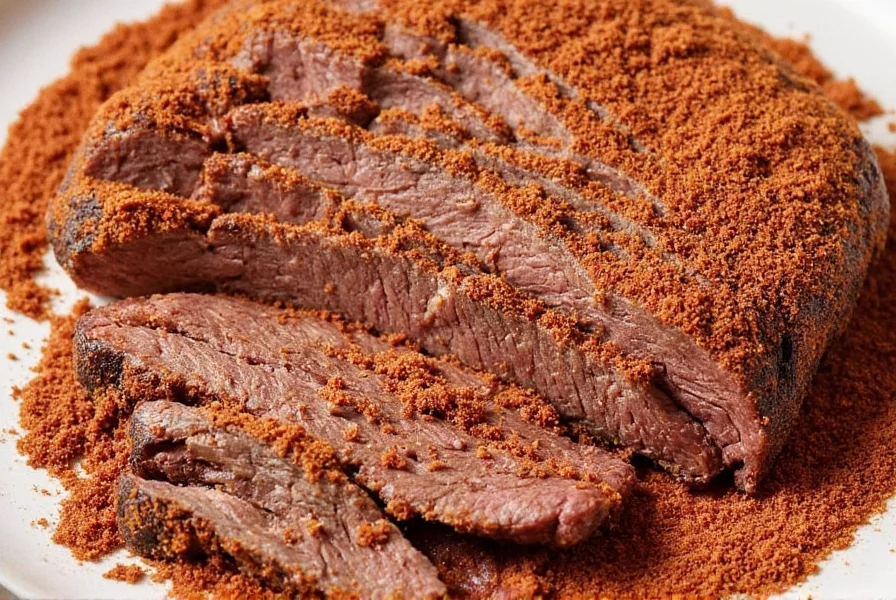
Take the time to experiment. Try different combinations, tweak ratios, or even mix two rubs together for a custom blend. Once you find that magic combo, you'll not only impress your guests — you'll start looking forward to the next cookout like it's Christmas morning.
Now fire up that smoker, grab your favorite rub, and let your brisket dreams come true!

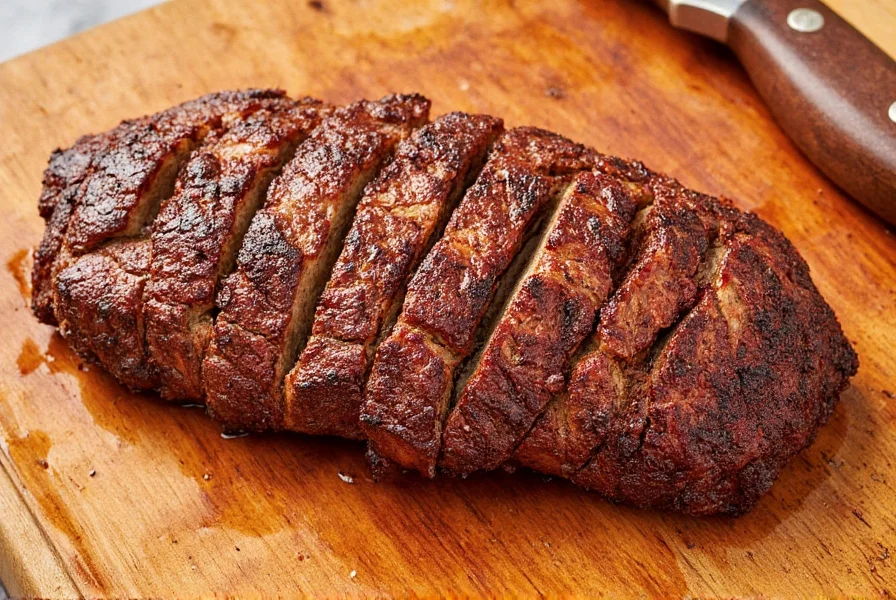









 浙公网安备
33010002000092号
浙公网安备
33010002000092号 浙B2-20120091-4
浙B2-20120091-4